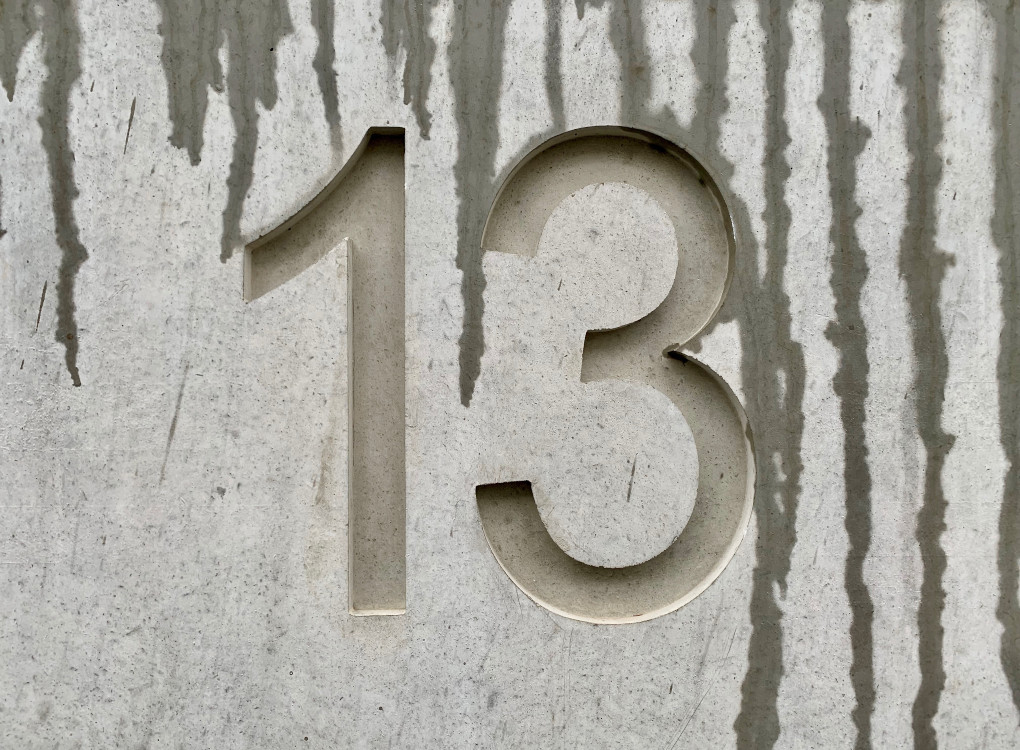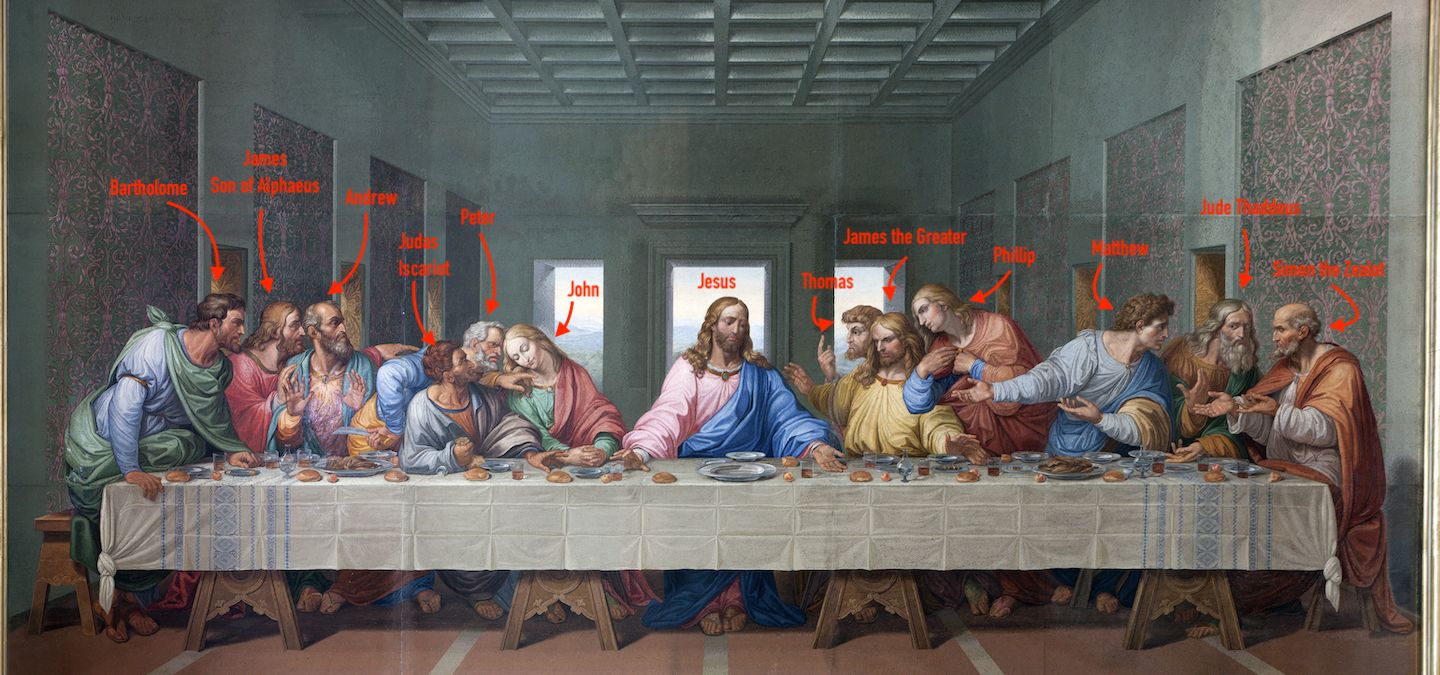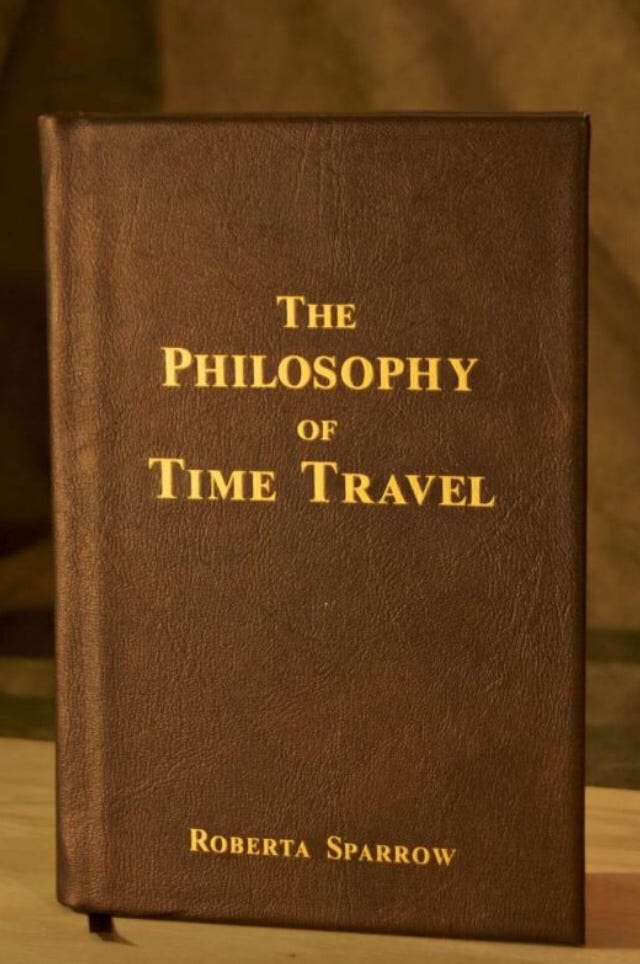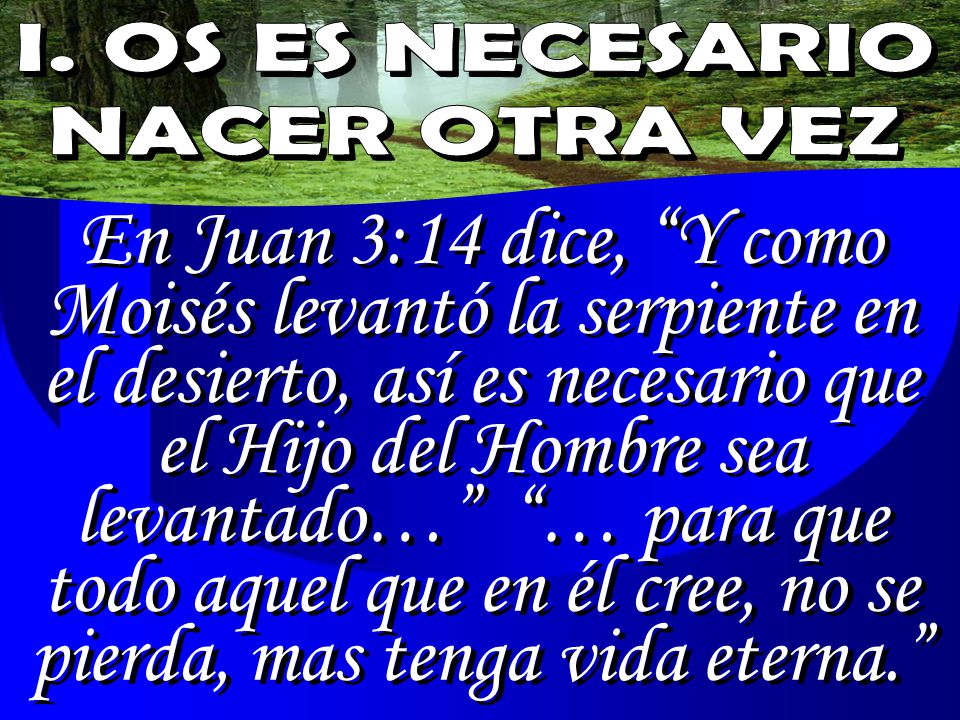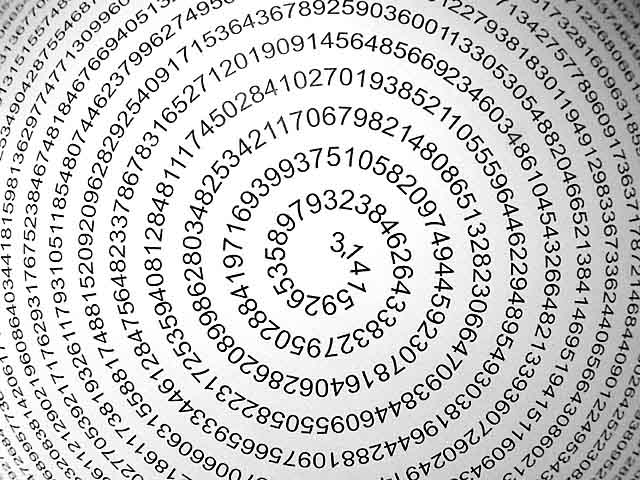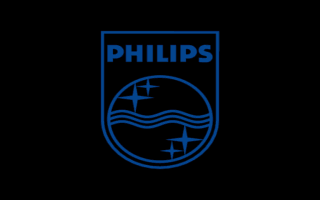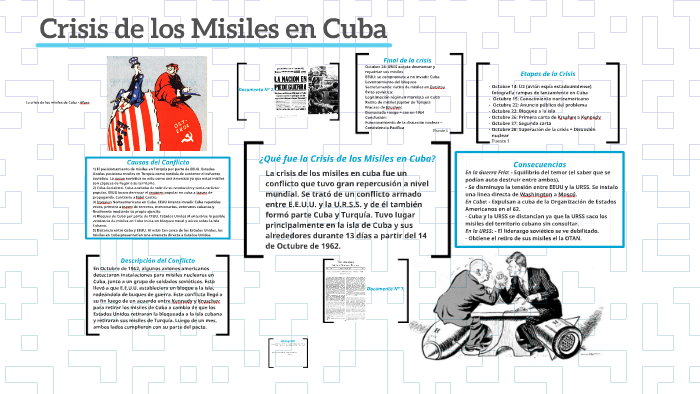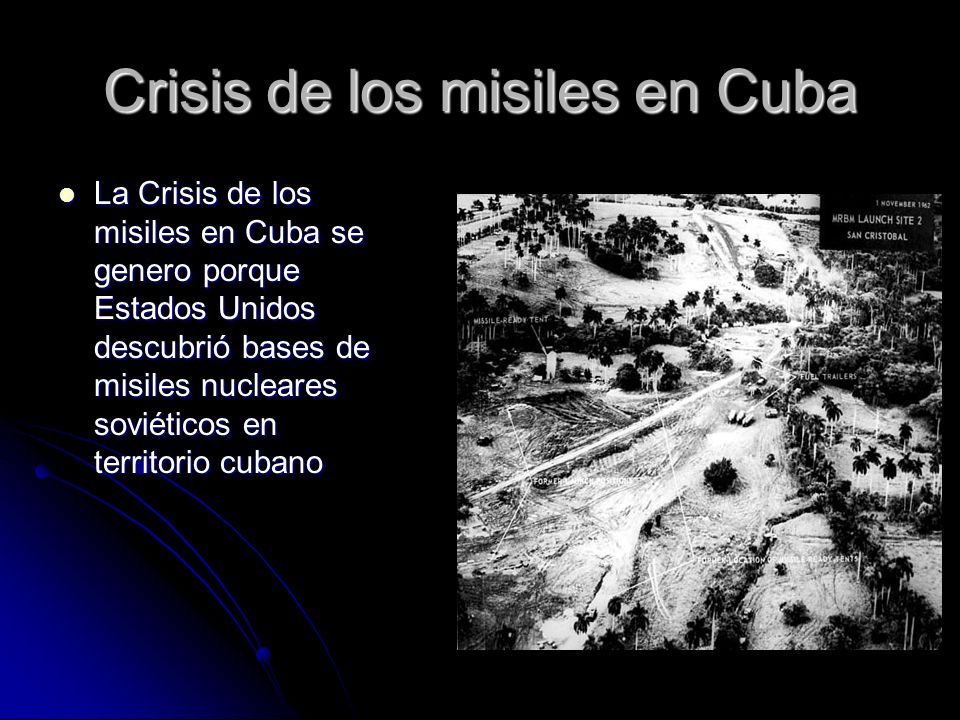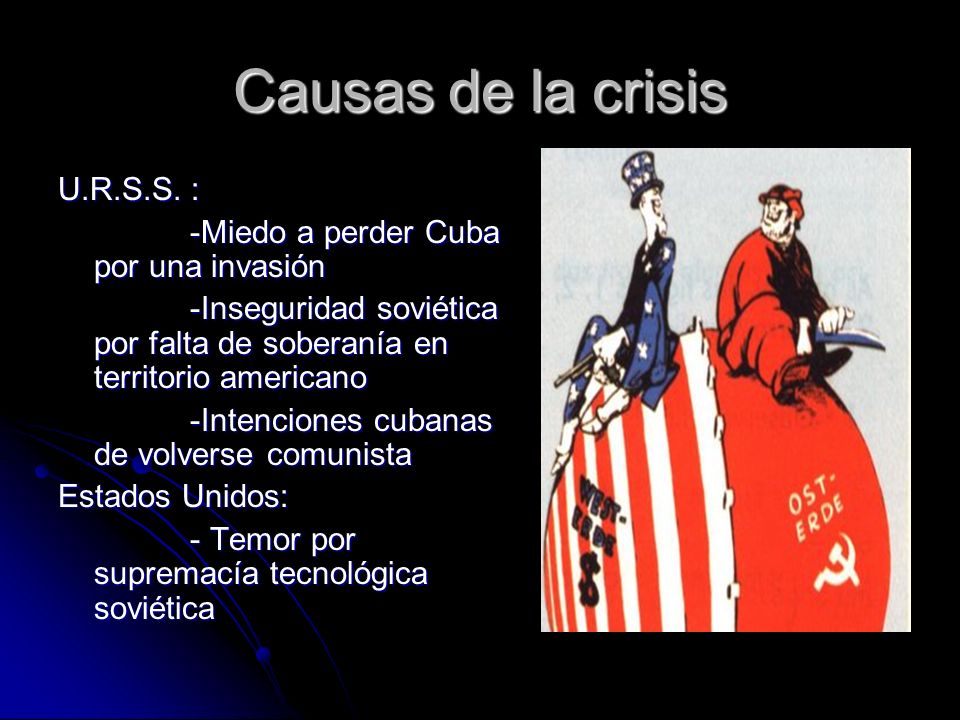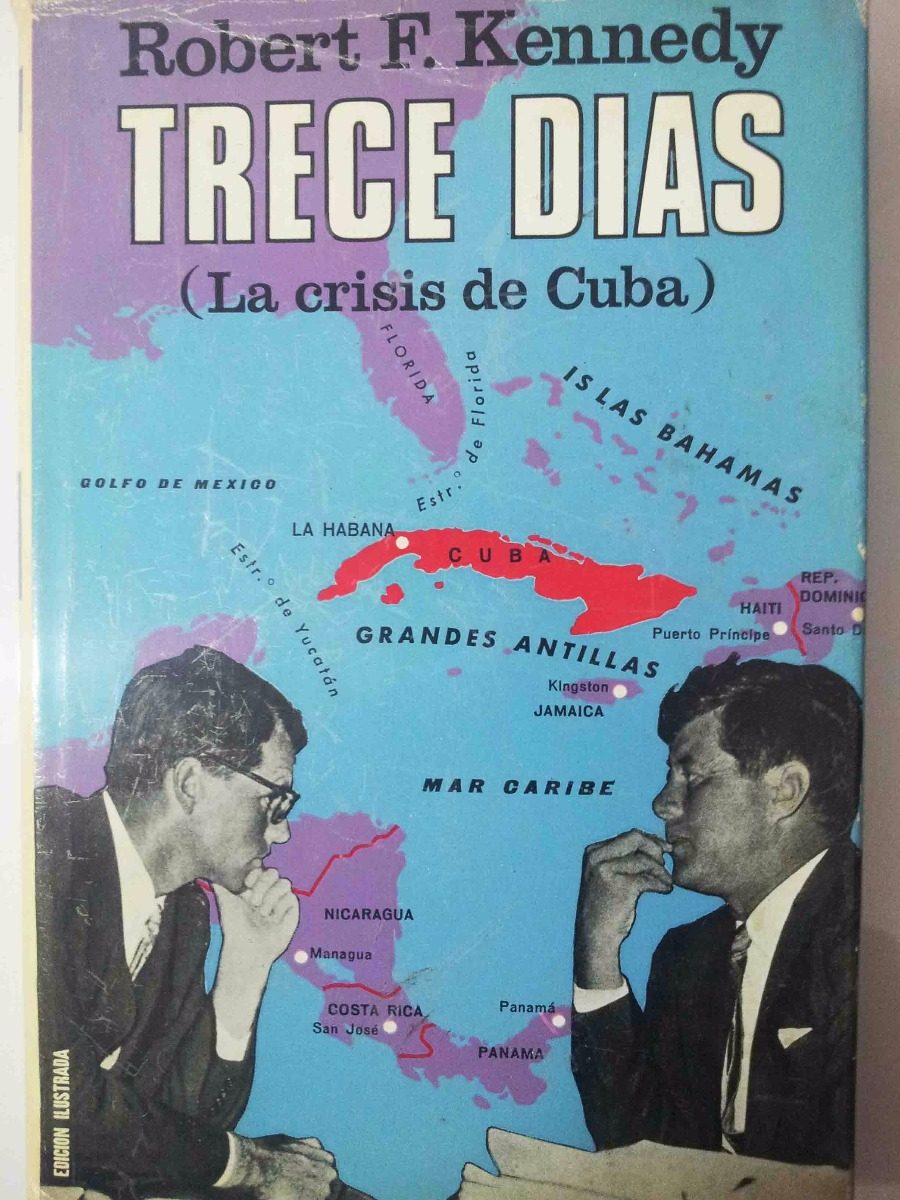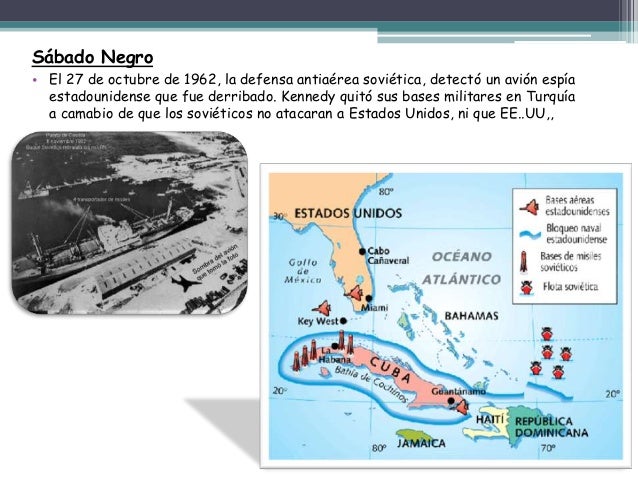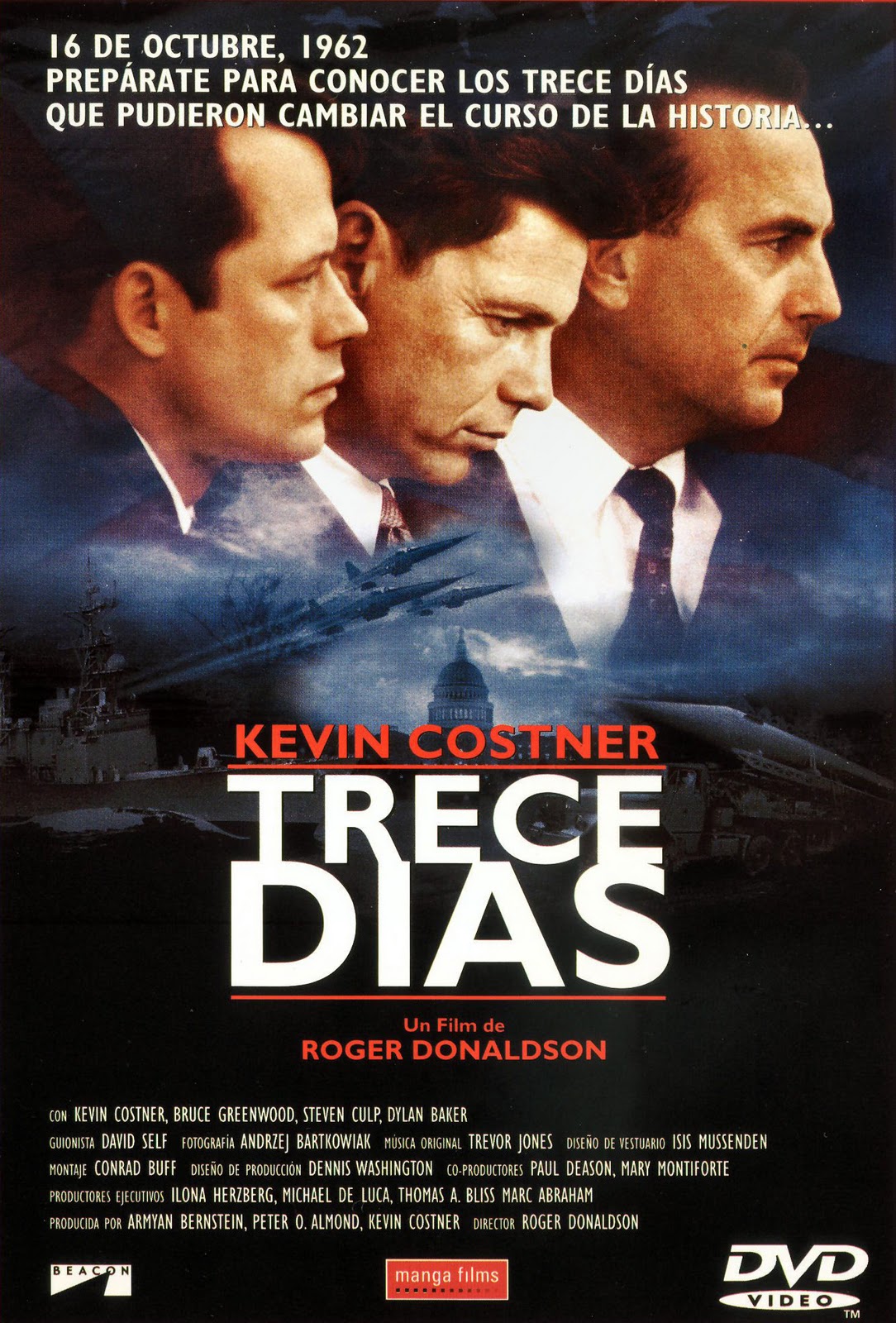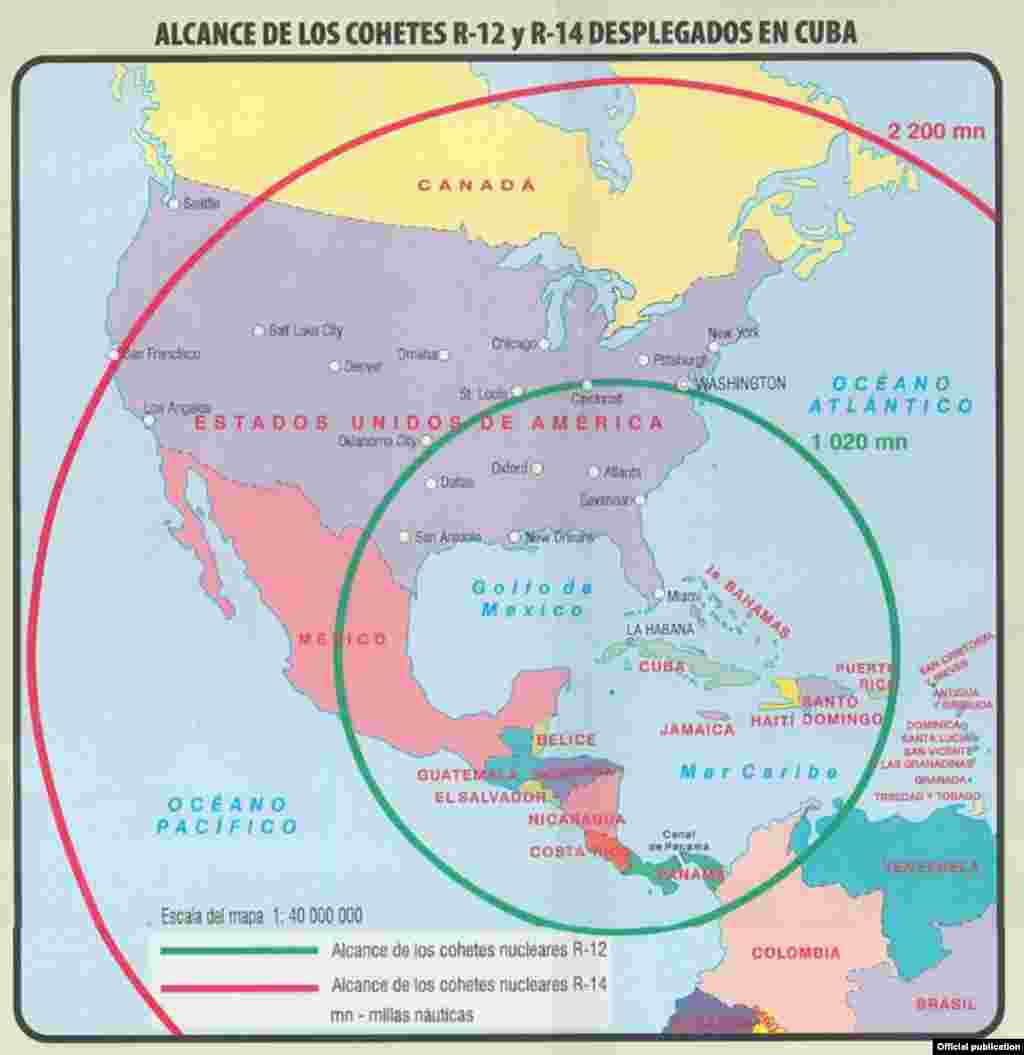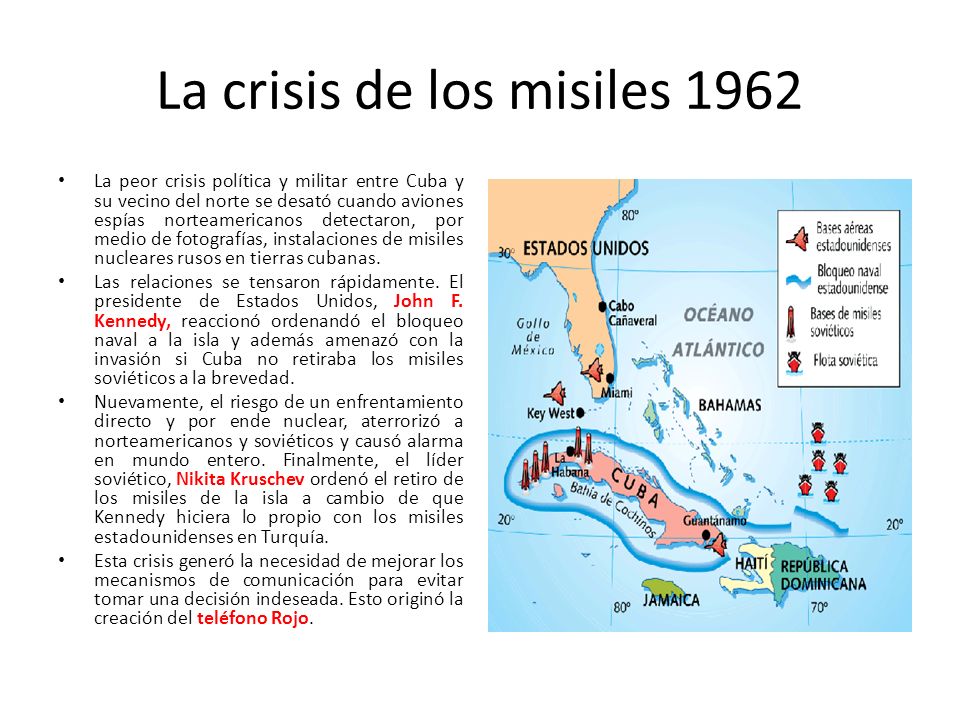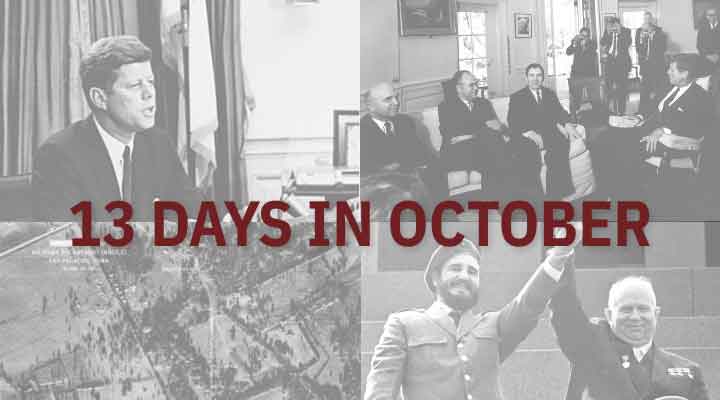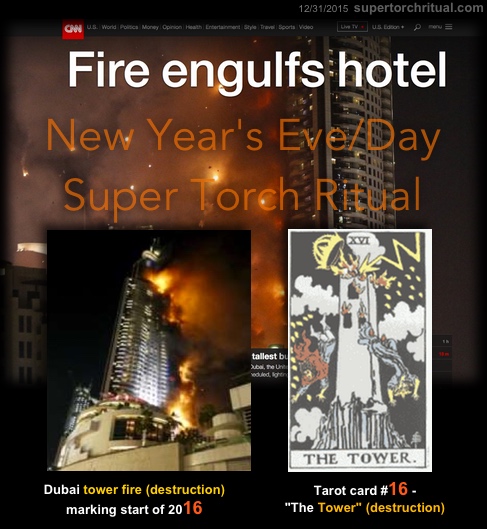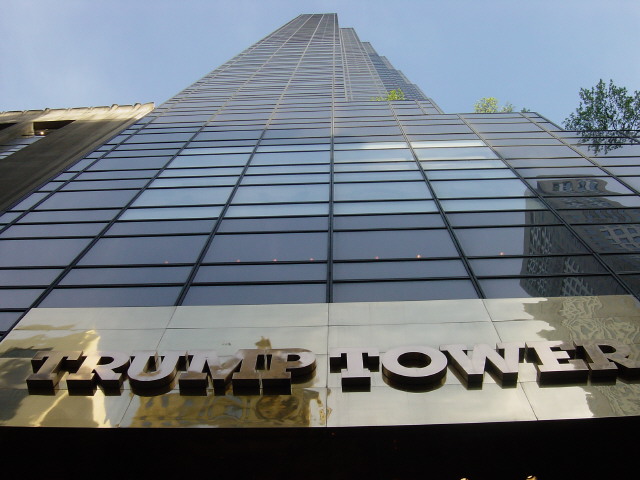|
|

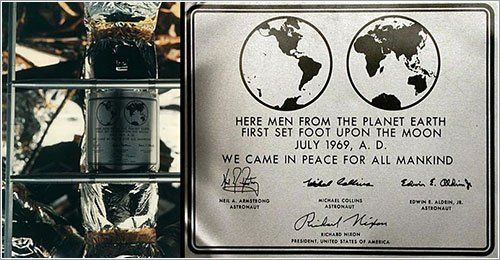
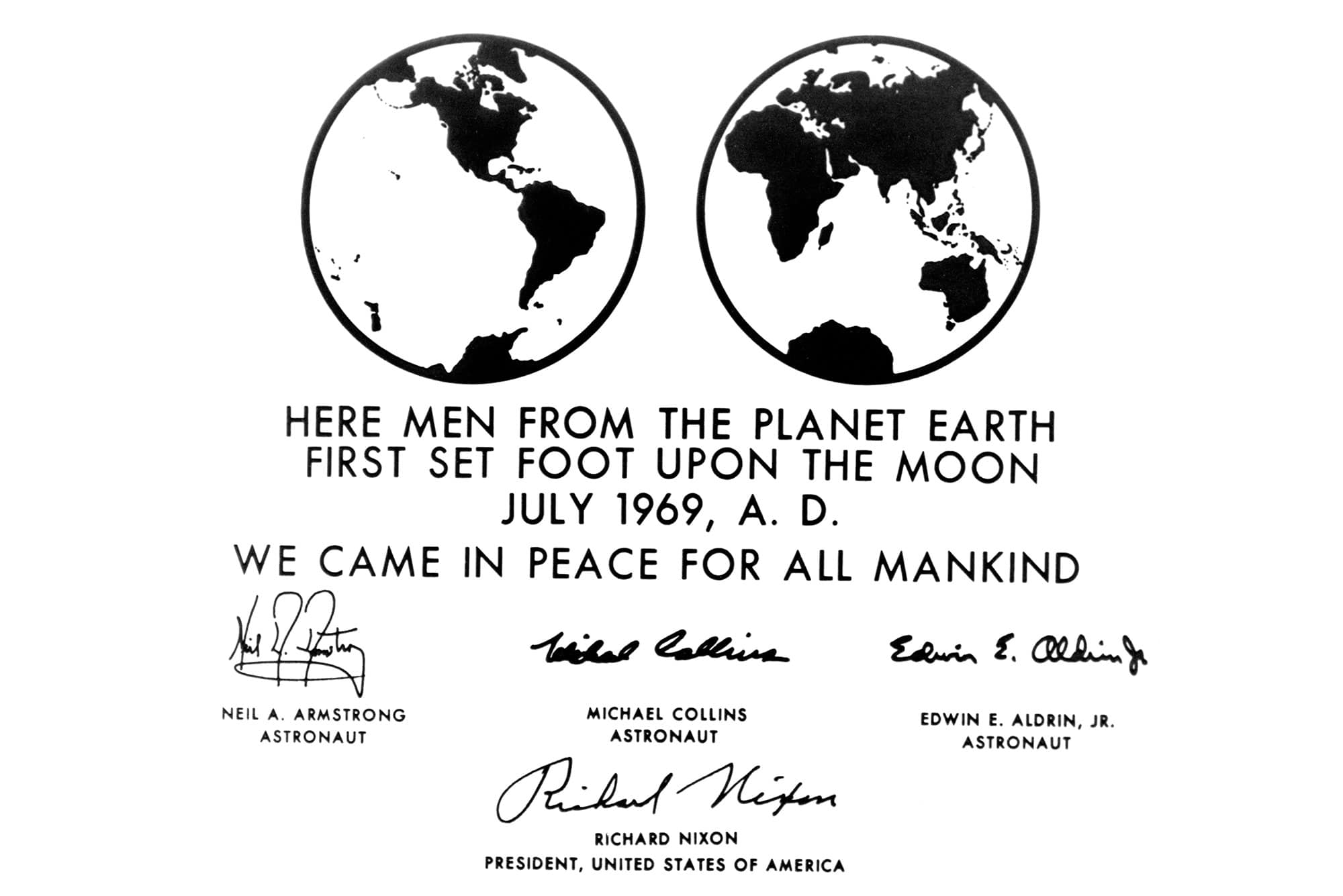



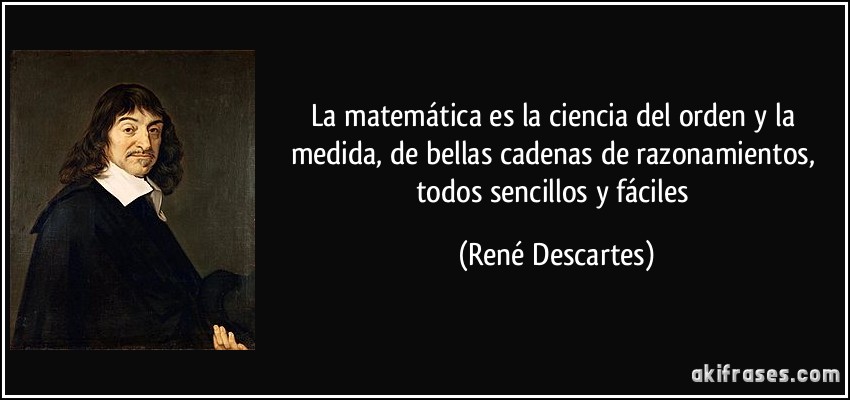
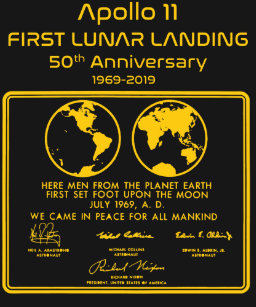 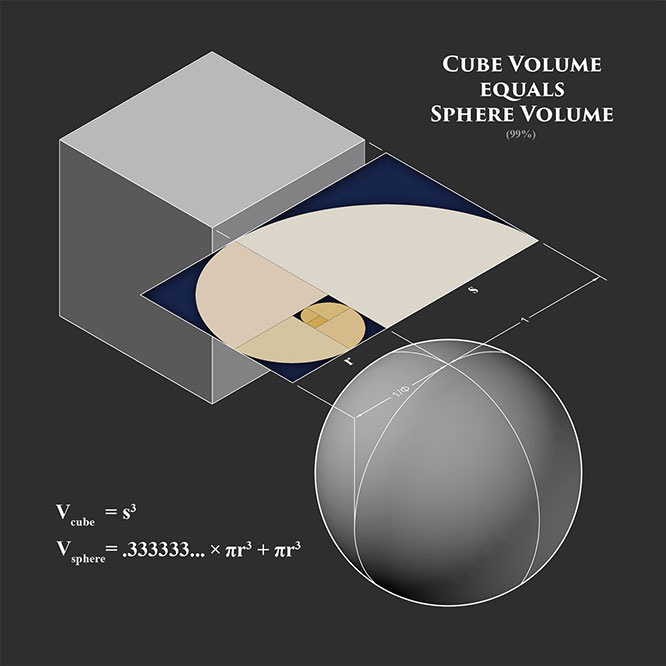
Here is an interesting read on Stargates and 19.47
In terms of Richard Hoagland's ' hyperdimensional physics' derived from the geometric 'message' of Cydonia (Mars), the conduit or 'stargate' between this world  and the Otherworld (i.e. hyperspace) is prominently represented by the angle 19.5°. According to the theory, it is the tetrahedral geometry signified by this angle that enables inter-dimensional energy transfer between the two realms.  This 'stargate' geometry is expressed by a circumscribed tetrahedron (made up of four equilateral triangles). Interestingly enough, the hieroglyphic sign denoting Sirius was a triangle in ancient Egypt. The connection is made evident by archaeo-astronomy. First, it is widely accepted these days that the 'air shafts' inside the Great Pyramid were designed to aligned with certain stars. One was specifically targeted toward Sirius in c. 2350 BC.
And at that pinpointed time (c. 2350 BC), Sirius and Orion's Alnitak (representing the Great Pyramid as per the Orion Correlation Theory) together produced the angle 19.5° (when Sirius was rising on the Giza horizon).[10]
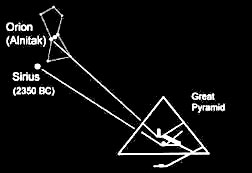 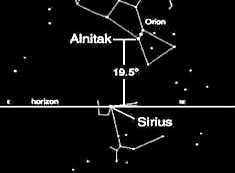
Next, it is natural - given the Sirius-Great Bend connection - to wonder about the possibility of the Nile's 'Winding Waterway' having some relevance to tetrahedral geometry. Indeed, we do find a clear connection!
Believe it or not, the northern peak of the Great Bend precisely pinpoints the tetrahedral/stargate latitude, 19.5°N.!

What's even more incredible is the fact that the same Bend peak also pinpoints 33°E longitude. As those familiar with Hoagland's work would surely know, '33' and '19.5' are considered the two key numbers in the 'hyperdimensional code'! (Hoagland is just not yet aware of this Nile connection.)
In 1997, the esoteric importance of those numbers was overtly demonstrated as NASA landed a tetrahedron-shaped Mars Pathfinder lander on the Red Planet at 19.5 N and 33 W.! (That's pretty in your face, isn't it?)
     |
|
|
|
|
Coordinated Universal Time (UTC) is the primary time standard globally used to regulate clocks and time. It establishes a reference for the current time, ...
Universal Time (UT) was created at the International Meridian Conference in 1884. This is the basis for the 24-hour time zone system we know today.
Current local time in UTC. See a clock with the accurate time and find out where it is observed.
Coordinated Universal Time · UTC is 5 hours ahead of the time in New York when New York is on standard time, and 4 hours ahead of the time in New York when New ...
|
|
|
|
|
Arthur James Balfour, I conde de Balfour, KG, OM, PC (25 de julio de 1848-19 de marzo de 1930) fue un político, aristócrata y estadista británico que se convirtió en el trigésimo tercer primer ministro de ese país.
|
|
|
|
|
https://almaleonor.wordpress.com/tag/meridiano-de-paris/
ETIQUETA: MERIDIANO DE PARÍS
EL MERIDIANO DE PARÍS

El Meridiano de París es el meridiano que pasa por el Observatorio de París (longitud 2°20′14.025″ este) y que rivalizó con el de Greenwich como principal meridiano del mundo hasta que en 1884 la Conferencia Internacional del Meridiano votó por la segunda (Francia se abstuvo).

En París hay unas placas (o medallones) de unos 12 cm. con el nombre Arago en referencia al astrónomo francés François Arago (1786-1853), Director del Observatorio de París, que a principios del siglo XIX hizo una medición más exacta del meridiano.
Al artista holandés Jan Dibbets se le ocurrió realizar lo que se conoce como el monumento invisible de París, o para los lectores del Codigo Da Vinci, la Linea Rosa. Son los medallones Arago, distribuidos por toda la ciudad y marcados con las indicaciones N y S. Estos medallones, en total más de un centenar, se repartieron a lo largo del Meridiano de París, en los barrios 1º, 2º, 6º, 9º, 14º y 18º desde la Puerta de Montmartre en la Ciudad Universitaria.

Pero El Codigo Da Vinci miente. Es verdad que el Meridiano de París pasa a más de 100 metros de la Iglesia de Saint Sulpice, en el Barrio Latino (6º Arrondissement de París). Pero la línea que cruza el altar de la iglesia no es la Línea Rosa. Y la Línea Rosa no existie. Y el Obelisco tampoco forma parte del meridiano de París.
El Obeslisco es un Gnomón Astrológico, un calendario solar que sirve para determinar la fecha en la que se producen los solsticios y los equinoccios durante el año. El Gnomón Astronómico de Saint Sulpice fue una petición que hizo el Padre Jean Baptiste Langet a Henry Sully (1680-1729), un relojero y astrónomo británico, quien lo fabricó en granito de la región de París en 1727.

El elemento principal del Gnomón, y, sin él no puede funcionar, es el Sol. Para los demás elementos, es la mano del hombre la que construye. Y así el segundo elemento de Saint Sulpice es una vidriera en la pared central del ala derecha del crucero. Dicha vidriera está dividida en pequeños cristales, todos transparentes, que dejan pasar la luz del Sol, a excepción de uno, que es opaco y será el encargado de proyectar la sombra sobre el suelo. Este cristal está situado una distancia de 24 metros y 54 centímetros del suelo.

Conforme va pasando el año y las estaciones, el Sol cambia de posición con respecto a la Tierra. En invierno los rayos son más inclinados, en verano son más verticales. Pues bien, tenemos el sol brillando y una sombra proyectada sobre el suelo. En el solsticio de verano (21 de junio de cada año) es cuando el Sol está en su línea más cercana a la vertical. Por tanto donde proyecte las sombra este día se marcará como «Solsticio de Verano«. En Saint Sulpice hay una placa de mármol sobre el suelo que lo indica. Esta placa está situada a 11 metros 34 centímetros de la pared donde se encuentra el cristal opaco.

De esta marca en el suelo que, como dijimos está en el ala derecha del trasepto de la iglesia, nace un línea de cobre, incrustada en el suelo, que sigue en dirección al otro ala del trasepto en un ángulo aproximado de 60 grados. Dicha línea atraviesa el altar que está situado en medio bajo la hermosa cúpula de la iglesia. Conforme van transcurriendo los días, la sombra se va desplazando por la línea hasta llegar junto al altar donde hay una plancha redonda de cobre rodeada por un semicírculo del mismo elemento. Este punto marcará los Equinoccios, el momento en el que el día dura exactamente igual que la noche, lo que ocurre los días 23 de Septiembre y 20 de Marzo. Desde la placa de mármol hasta este punto hay 16 metros y 32 centímetros.

La línea continua progresando, atraviesa el altar y llega hasta la pared central del ala izquierda del trasepto. Ha recorrido 23 metros y 97 centímetros. Allí tropieza con un obelisco que tiene 10 metros y 72 centímetros de altura. El obelisco termina en una bola redonda de bronce. Cuando el Sol proyecte la sombra sobre dicha bola, habremos alcanzado el Solsticio de Invierno, justo el día del año en el que la noche es mayor durante todo el año. Ocurre todos los 21 de Diciembre.

En pocas palabras este es el funcionamiento del Ggnomón Astrológico de Saint Sulpice, la segunda iglesia en importancia de París tras la Catedral de Notre Dame.
|
|
|
|
|
June 22 DC Metro subway trains collide - 9 dead, 80 injured
Timeline:
June 18-24: Gov. Sanford missing/crying in Argentina
June 21: 'Impact' Part 1 on ABC; Prince William birthday
June 22: DC Metro Red Line trains in collision
June 23: US Moon probes (LRO/LCROSS) reach Moon
June 24: Gov. Sanford reveals Argentine affair
June 25: Death of Michael Jackson & Farahh Fawcett
'Metro' means 'meter' in Spanish, Italian, Portuguese, etc. The meter is historically defined as 1/10,000,000 of the distance between the North Pole and the equator through Paris, or in other words the Paris Meridian between the North Pole and the equator. The Paris Meridian is also the 'Rose Line' (an esoteric concept popularized by The Da Vinci Code) i.e. a 'Red Line'...

DC Metro Red Line = French/Columbian Rose Line
...traditionally implying the Blood Royal/Sangraal or the Marian/Columbian Bloodline of the Holy Grail.
In Bloodline of the Holy Grail Laurence Gardner writes of the House of Stuart, the royal bloodline to which Princess Diana and her children belong (pp. 344-5):
https://www.goroadachi.com/etemenanki/moonwalker.htm |
|
|
|
|
A greenstone boulder in Lakeside Park

Lakeside Park holds a scattering of boulders and plaques. The plaques are always interesting, and sometimes so are the boulders. This one sits at the west side of Bandstand Cove by a grove of redwood and oak trees. I can tell at a glance — the greenish color, even texture and lack of sedimentary fabric — that this rock consists of metamorphosed lava, informally called greenstone. There’s a lot of it in the Coast Range. There’s also some in the Sierra foothills, and I suspect that this was quarried over there.
One side of the boulder displays a nice slickenside, a sign that the rock was cracked and wrung underground.

Emily Brodsky down at UC Santa Cruz studies these fault surfaces and has been finding deep clues in them (see the latest paper from her team).
Elsewhere the boulder shows stretch marks — little extensional fractures filled with quartz. Like a run in a stocking, these are evidence of the stresses that affected this body of material once upon a time. Since the boulder has been ripped out of its original setting, these scrape marks and stretch marks have lost their geological meaning, but they’re still pretty.

Oh yeah, the boulder has a message on it. The plaque announces that the three fountains in Lake Merritt were installed or renovated by Madeleine and Andrew Wong as a gift to the people of Oakland.

The plaque in the photo, circa 2016, was stolen and has since been replaced.

And not least among its functions, the boulder punctuates the most peaceful view on the whole lake, whether the fountain is running or not.

Lake Merritt needs a lot of human management to stay clean and pleasant, and the fountains are a key part of that.
https://oaklandgeology.com/2016/07/25/lakeside-park-greenstone-boulder/ |
|
|
|
|
WASHINGTON D.C 77 WEST+NEW DELHI 77 EAST=154
|
|
|
|
|
París te espera. Te propongo un paseo juntos por el Barrio Latino, Montmartre, Saint Germain, los Campos Elíseos, el Marais o sobre las aguas del Sena. Tú eliges.
La imaginaria Línea Arago, el meridiano de París.
Desde muy antiguo, el hombre ha querido poner límites geográficos a la Tierra y ha evidenciado una innegable necesidad de introducir magnitudes de medición que permitan a cartógrafos, geógrafos e, incluso, astrónomos tener una posibilidad de situar un punto con exactitud en nuestro planeta.
Hasta 1884, momento en que se celebró la Conferencia Internacional del Meridiano, eran varios los puntos de partida utilizados para medir la tierra hacia derecha e izquierda. En este momento se tomó como medida universal el Meridiano de Greenwich, el meridiano cero, el punto desde el que se habrían de medir todas las distancias en la tierra en el sentido este-oeste. Pero este meridiano no fue el primero ni el único que existió en nuestro planeta.

Medallón Arago situado entre el 152 y el 154 del Boulevard Saint Germain .
Uno de los más conocidos hasta entonces fue, precisamente, el Meridiano de París, una línea imaginaria cuyo punto cero pasaba por el Observatorio Astronómico de la ciudad.
Hoy nos vamos a referir a esta línea imaginaria que, con el paso del tiempo y a modo de homenaje, ha tenido su réplica sobre el pavimento de París. Más aún después de que Dan Brown publicara su célebre obra «El Código da Vinci» en el que se le menciona en varias ocasiones identificándola (erróneamente) con la Línea Rosa.
Hablemos del autor de este meridiano de París.
François Arago, quien dio nombre a esta línea imaginaria, fue un astrónomo francés que nació en 1786 muy cerca de Perpignan y su familia era catalanoparlante. Su padre era un campesino acomodado que pudo dar carrera universitaria a varios de sus ocho hijos. Estudió en el instituto público de Perpignan. Mostrando gustos militares desde su infancia, se centró en el estudio de las matemáticas para preparar el concurso de ingreso en la Escuela Politécnica de París.

Medallón Arago situado en los Jardines de Luxemburgo.
En dos años y medio consiguió el nivel adecuado en todas las ciencias exigidas para el concurso de ingreso en la escuela. Fue admitido con la nota más alta de su promoción y se matriculó en la sección de artillería, pero se quejaba del nivel insuficiente de los profesores. Criado en un ambiente republicano, se negó (junto con otros alumnos) a felicitar a Napoleón con motivo de su coronación en 1804, desobedeciendo las normas de esta Gran Escuela.
En el año 1804, gracias a la recomendación de Siméon Poisson y Pierre Simon Laplace, recibió el cargo de secretario-bibliotecario del Bureau des Longitudes (Oficina de las Longitudes) del Observatorio de París mientras seguía estudiando en la Escuela Politécnica. De esta forma consiguió ser incluido junto con Pierre-Simon Laplace y Jean Baptiste Biot en el grupo llamado a completar las medidas del meridiano que empezó años antes J. B. J. Delambre.
Ahí empezó su andadura en busca del meridiano exacto, un meridiano que pasaba por París.
Arago tuvo la suerte de preservar todos los resultados de sus investigaciones y los depositó en el Bureau des Longitudes de París. La calidad de sus trabajos le convierten enseguida en un ciéntifico renombrado no sólo en el seno de la comunidad científica sino también en la opinión pública.

Medallón Arago situado en el Palais Royal.
En 1830 Arago, que siempre había profesado ideas republicanas, fue elegido diputado por los Pirineos Orientales y mantendrá su escaño durante toda la monarquía de julio. A ello dedicó todos sus recursos oratorios y científicos centrándose en la cuestión de la educación pública, la mejora de las condiciones de vida de los obreros, el sufragio universal, los premios a los inventores y el apoyo a las ciencias. Después de los acontecimientos de febrero de 1848 que provocaron la caída del Rey Louis Philippe I, Arago es nombrado miembro del gobierno provisional como Ministro de la Guerra, la Marina y las Colonias, y proclamó la República ante el pueblo de París.
Regresó a su puesto en el Observatorio donde prosiguió con su incansable labor científica. Casi no volvió a pisar la Asamblea, a pesar de ser reelegido diputado en 1849.
Tras el golpe de Estado de Luís Napoleón en diciembre de 1852, Arago intentó movilizar a la Academia sin éxito. Obligado como funcionario a prestar juramento al Emperador, se negó y dimitió, pero Napoleón le aseguró que no sería inquietado.
Afectado de diabetes y de problemas intestinales, falleció al año siguiente en París. Fue enterrado en el cementerio de Père-Lachaise.

Medallón Arago situado en el Cour Napoleon del Louvre.
De la importancia de este personaje han quedado evidencias en París.
Hay un boulevard dedicado con su nombre que linda con el edificio del Observatorio Astronómico de París.
Arago también es uno de los 72 científicos cuyo nombre Eiffel mandó grabar en las cuatro caras de la torre que levantó.
Pero en París también hay un monumento con el que se le recuerda, un monumento imaginario que mide 9 kilómetros de largo y que es difícil de apreciar: la célebre línea Arago.
Esta es la historia. En 1893 se decide erigir una estatua de bronce con la efigie del astrónomo junto al Observatorio de París, sin embargo, en 1942, debido a las necesidades de construir cañones para la II Guerra Mundial, el gobierno francés la funde y desaparece.
Cuarenta y dos años más tarde, en 1994, el gobierno de la ciudad decide restablecer el honor a Arago y pide al artista holandés Jan Dibbets su construcción. Este artista, inspirándose en el célebre Meridiano de París calculado por François Arago, diseña 135 medallones de bronce de 12 centímetros de diámetros que fueron colocados en el suelo de la ciudad a lo largo del meridiano en dirección sur a norte.

Los medallones indicando la línea Arago a su paso por el Museo del Louvre.
Muchos de estos medallones han desaparecido con el tiempo, bien por robo o por pérdida. Otros se encuentran en muy mal estado y se distinguen por su forma no por ser legibles o reconocibles por algún signo. Otros muchos están en buen estado y es una tarea difícil y ardua ir en su busca.
Aquí os acompaño de un plano para quien quiera hacerlo. Armaos de paciencia porque un meridiano (aunque sea sólo sobre París) no se recorre en un sólo día.



https://aparisconelena.wordpress.com/2014/07/13/la-imaginaria-linea-arago/ |
|
|
|
|
New Year's Prophecy
Intertemporal Perspective via 2016 Tower & Star Rituals
By Goro Adachi
December 30, 2016
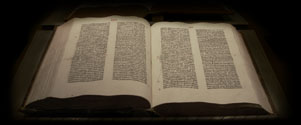
Century II - 41
The great star will burn for seven days,
The cloud will make two suns appear:
The large mastiff will howl all night
When the great pontiff changed territory.
- Nostradamus
Not all New Year's Days are created equal and this one coming up happens to be a special one. The previous one was special as well, both being attached to the year 2016, the point of no return. And if the pattern holds, we are in for a whole new set of inter-temporal "clues" which, if decoded properly, should be quite prophetic in nature. Decoding these things happens to be my specialty, or obsession...
It's telling that The Economist's annual, end of the year crystal ball edition features a cover with tarot cards. Obviously they were inspired by the irresistible combination of "Trump" (cards) and the idea of divination (predicting the future). Not too surprising there. (What is surprising though is how most people trying to "decode" it can't even crack the first step: The only two tilted cards, "Judgment" and "The Star", are card #20 and card #17 per tradition, spelling out "20-17" or "2017".)
The Economist is actually a bit late to the party as there was a whole lot of foreshadowing going on last year through the tarot symbolism on New Year's Eve/Day (2015/2016). It came in the form of Dubai's tower inferno evoking the Tower card numbered 16 (as in 20 16)...
...in effect foreshadowing the earthshaking rise of "Trump" who famously lives in Trump Tower (= Tower trump card).
Extending the pattern forward in time would have the new year 2017 correspond to tarot card #17 - " The Star".
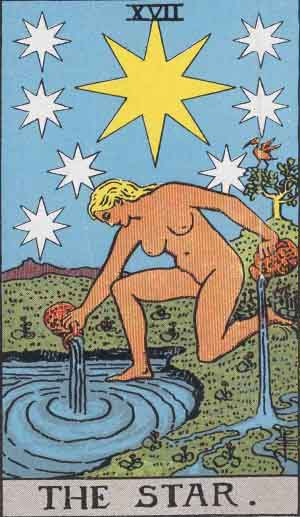
It would most certainly be Sirius on New Year's Eve/Day as a magical celestial moment arrives every year when the brightest star in the night sky "culminates" due south reaching its highest point right around midnight on New Year's Eve/Day.
But as I said, it's extra special around 2016. I'm quite aware of this, and it seems so was Nostradamus. Let me introduce you to quatrain II-41, or as I like to call it the "Sirius quatrain":
Century II - 41
La grand' estoille par sept jours bruslera,
Nuee fera deux soleils apparoir:
Le gros mastin toute nuit hurlera,
Quand grand pontife changera de terroir.
The great star will burn for seven days,
The cloud will make two suns appear:
The large mastiff will howl all night
When the great pontiff changed territory.
- Nostradamus
Right now it is highly relevant and timely as shown below:
Line 1: The great star will burn for seven days
Being the brightest star in the night sky, Sirius certainly qualifies as a "great star". It "burns" in the sense that the name "Sirius" means "scorcher" plus the phrase "Dog Days of summer" derives from Sirius's nickname "Dog Star". Even the "seven days" (sept jours) part relates to Sirius in that ancient Egyptians called the star Spd, Spdt, or Sept, resonating with the French sept meaning "seven. ("Seven days" can also allude to the 7-day festival Saturnalia, Dec 17-23.)
Line 2: The cloud will make two suns appear
In esoteric tradition Sirius has been considered the "second sun".
Line 3: The large mastiff will howl all night
Sirius is the "Dog Star" ("mastiff") and it "howls all night" on New Year's Eve/Day by being visible all night long. (Culminating around midnight implies being visible from dusk to dawn.)
Line 4: When the great pontiff changed territory
The last time there was a change in the papacy was back in 2013 when Pope Benedict XVI stepped down and Pope Francis took over. Unbeknownst to most, it managed to multicontextually encode an arrow pointing ahead to the year 2016:
- Pope Benedict XVI is "16" (XVI), numerically resonating with 2016 and the Tower card (XVI)
 
- Pope Francis's first foreign trip ("changing territory") as head of the Catholic Church was to Rio de Janeiro, Brazil in July 2013, where the Summer Olympics would take place in 2016
 Aug 05, 2016 Rio Olympic Games begin
- A geo-alignment pinpointing Rio was implied via Pope Benedict XVI's resignation announcement taking place concurrently with a major meteor impact event in Russia
Feb 11, 2013: Pope Benedict XVI announces resignation Feb 15, 2013: Major meteor impact in Chelyabinsk, Russia  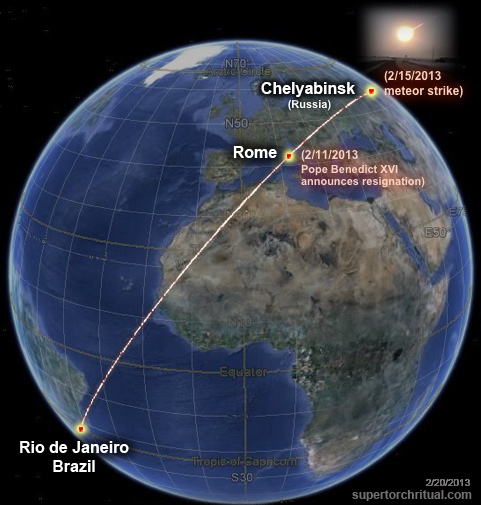 In the context of the "Sirius quatrain" II-41, it makes a lot of sense for Rio to be highlighted in this manner. It has to do with the real, hidden reason behind the name "Rio de Janeiro" or " River of January" which I'm revealing here for the first time anywhere (aside from STRUG/members section which is always ahead)... Firstly, the term " January" (Janeiro) derives from Janus the god of beginnings, endings, time, and doorways. Basically a perfect set of descriptions for New Year's Eve/Day (= beginning of January).
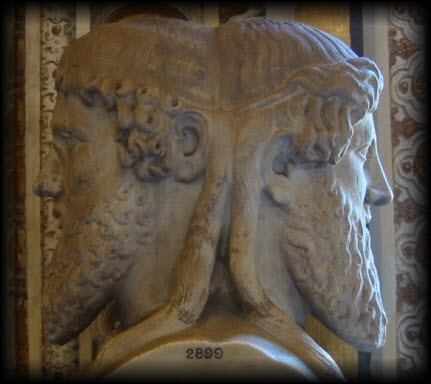
And it just so happens it's right around New Year's Day, when Sirius "howls all night", that Rio and the Sun are aligned in terms of latitude & declination. In other words, the Sun is directly overhead at noon in Rio right around New Year's Day. Rio in this way indeed is a "city of Janus/January"!

As above, so below... Sirius is the " New Year's star" above, Rio de Janeiro is the " New Year's city" below. Having established this and 2016 being the year of the Rio Olympics, we can then quite easily infer that the beginning and ending of 2016 are of special, "ritualistic" significance. We already saw this in action at the beginning of 2016 (Dubai tower fire), and we are now about to witness something at the end of 2016. The straightforward expectation would be that it would reflect " The Star" card - #17 representing "2017" - just as the Dubai tower inferno was a simulation of the "Tower" tarot card, #16. This would mean it would likely involve Sirius on New Year's Eve/Day. (I may actually already know the ritual taking place, but I'll save it for another article, perhaps early next year.) There is another approach here to discerning the nature of the end of 2016 "ritual(s)". It has to do with the fact that Rio and the Sun are also aligned on ~December 10th (equidistant from the solstice).
That "preview" window precisely coincided with a major geopolitical flareup stemming from the apparent Russian cyber attacks against the US during the 2016 presidential election.
 It's an ongoing situation, happening in real time as I write this and it wouldn't be surprising if we hear more about the US retaliation against Russia around the New Year's Eve/Day weekend, such as actual US cyber attacks against Russia.
(I've consistently pointed to the significance of the Russian cyberwar situation since the very beginning. See: Jul 26 tweet, Jul 27 tweet, Jul 30 tweet, Aug 30 update. Here we are, it's like the Cold War has returned.) Saturnalia (Dec 17-23) was another important window we were watching very closely... (Saturnalia starts on Pope Francis's birthday, by the way.) My tweet from Nov 24:
And it was intense indeed...
Notable as it connects right back to the 2015-2016 New Year's Eve/Day "ritual". The name "Dubai" means "market". And the fire there took place right next to the Dubai's spectacular New Year's fireworks.
Makes us wonder if these constitute an omen foreshadowing a major market/financial event coming in the New Year.

I'm going to end this article here, but really we've just scratched the surface. Just the tip of the iceberg for what's unfolding... because 2016 was a tipping point, the point of no return. We didn't even touch on the earth changes and the sixth mass extinction already being discussed on STRUG...
https://www.goroadachi.com/etemenanki/newyears-prophecy.html |
|
|
 Primer Primer
 Anterior
8 a 22 de 22
Siguiente Anterior
8 a 22 de 22
Siguiente
 Último
Último

|









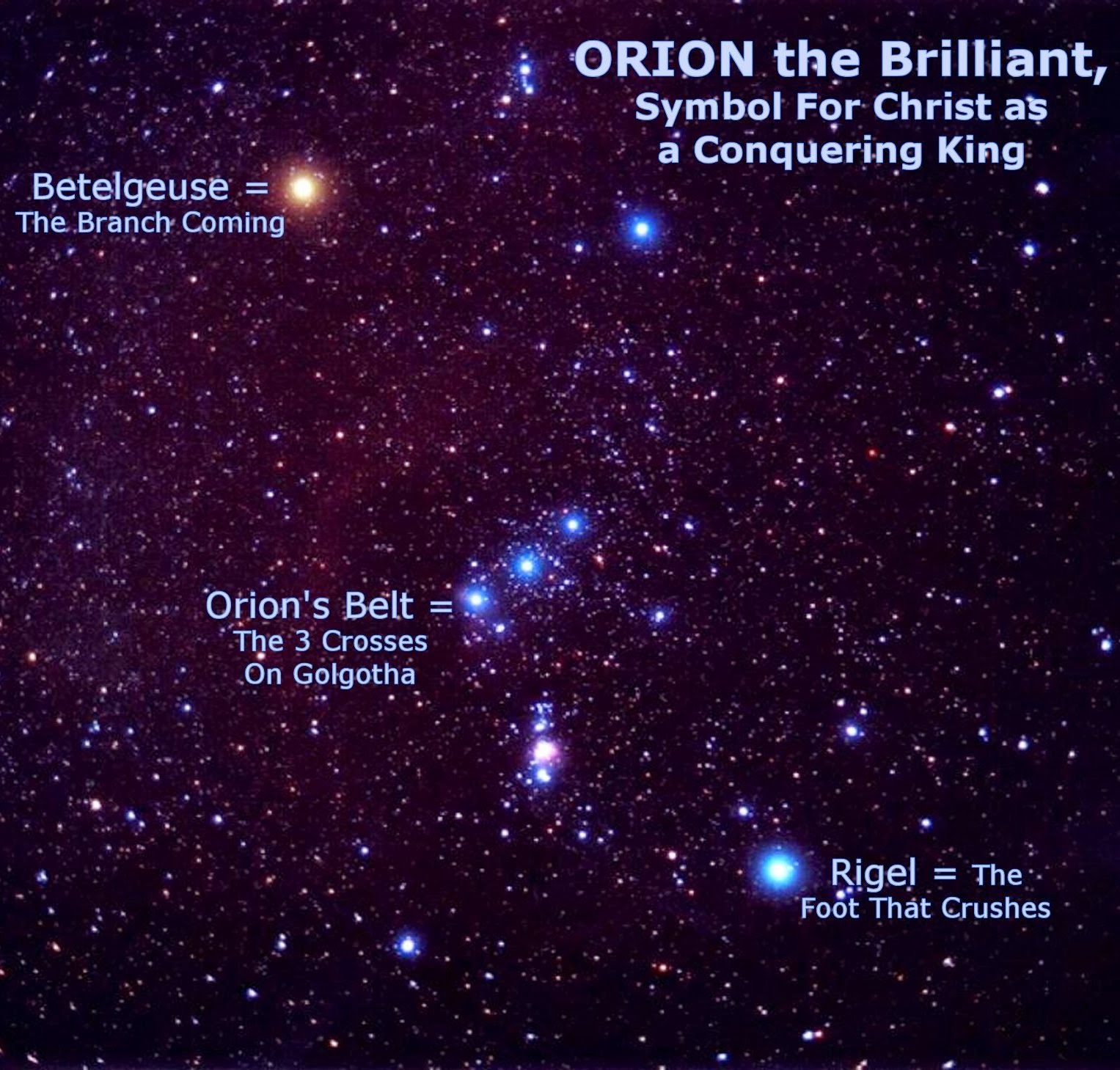
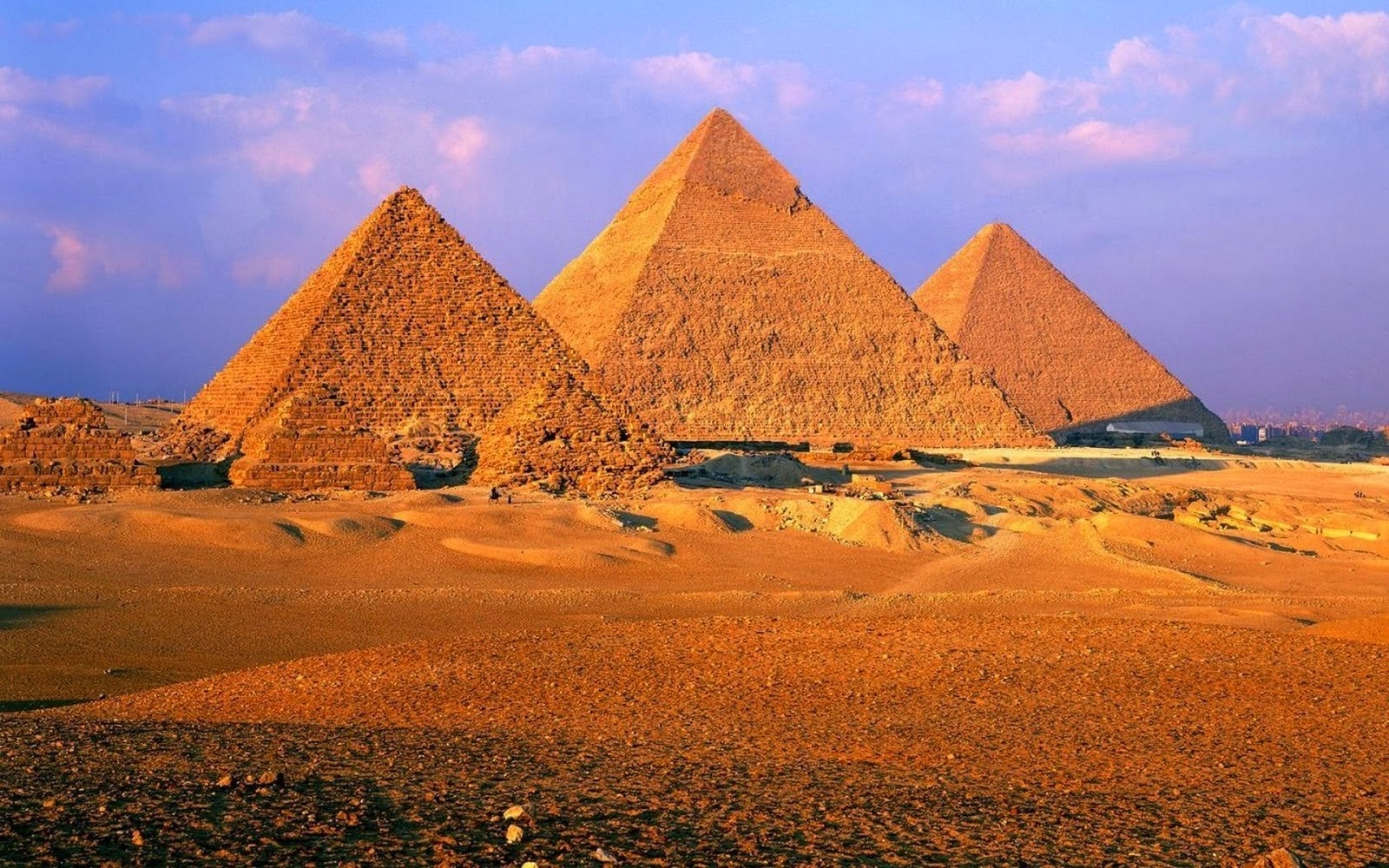





 and the Otherworld (i.e. hyperspace) is prominently represented by the angle 19.5°. According to the theory, it is the tetrahedral geometry signified by this angle that enables inter-dimensional energy transfer between the two realms.
and the Otherworld (i.e. hyperspace) is prominently represented by the angle 19.5°. According to the theory, it is the tetrahedral geometry signified by this angle that enables inter-dimensional energy transfer between the two realms. This 'stargate' geometry is expressed by a circumscribed tetrahedron (made up of four equilateral triangles). Interestingly enough, the hieroglyphic sign denoting Sirius was a triangle in ancient Egypt.
This 'stargate' geometry is expressed by a circumscribed tetrahedron (made up of four equilateral triangles). Interestingly enough, the hieroglyphic sign denoting Sirius was a triangle in ancient Egypt.


































